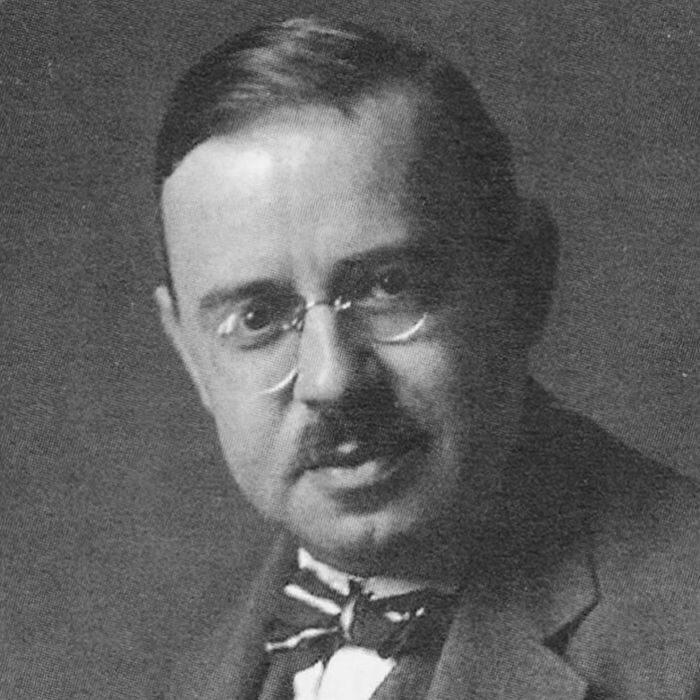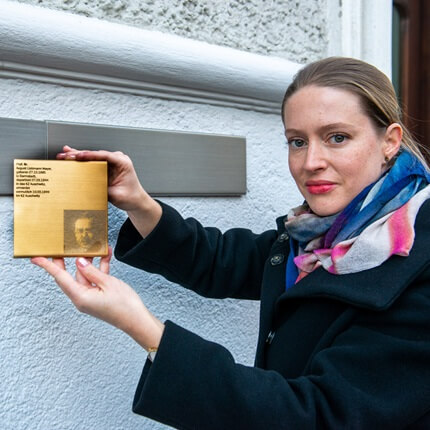August Liebmann Mayer was born on October 27, 1885 to the Jewish merchant Jonas Baruch Mayer and his wife Berta, née Liebmann, in Darmstadt. He studied art history in Munich and Berlin and completed his doctorate in 1907. He then took up a post at the Alte Pinakothek museum in Munich, where he later became curator and finally chief conservator. At the same time, August Liebmann Mayer was an associate professor at Munich University. As a recognized expert on Spanish painting, he wrote numerous articles and delivered art historical expert opinions. In 1920 August Liebmann Mayer married Aloisia Däuschinger, who came from a Catholic family. In 1930 their daughter Angelika was born. In 1931 some of his colleagues accused August Liebmann Mayer of fraud, alleging he had produced false expert opinions. Worn down emotionally by this antisemitic smear campaign, he asked to be dismissed on January 30, 1931. The situation worsened with the Nazi seizure of power: On March 24, 1933 the National Socialists arrested August Liebmann Mayer on charges of tax evasion. On June 15, 1933 he tried to commit suicide in the police prison in Munich. About a month later, he was released from prison. In 1935 August Liebmann Mayer fled with his family to Paris and took on work as a private tutor, author and expert consultant. In 1941 he moved to Nice. The Einsatzstab Reichsleiter Rosenberg (Reichsleiter Rosenberg Taskforce) confiscated his apartment in Paris, including his private library and some works of art. On February 3, 1944 August Liebmann Mayer was arrested in Monte-Carlo and taken to Drancy transit camp. On March 7, 1944 he was deported from there to Auschwitz-Birkenau concentration camp. It is likely the SS murdered August Liebmann Mayer immediately after his arrival there on March 10, 1944, given his old age. His wife, Aloisia, already had died in 1941. Their daughter, Angelika Mayer, survived the Second World War and later emigrated to the USA. (text Isabell Gruber, editor C. Fritsche, translation T. Axelrod)





